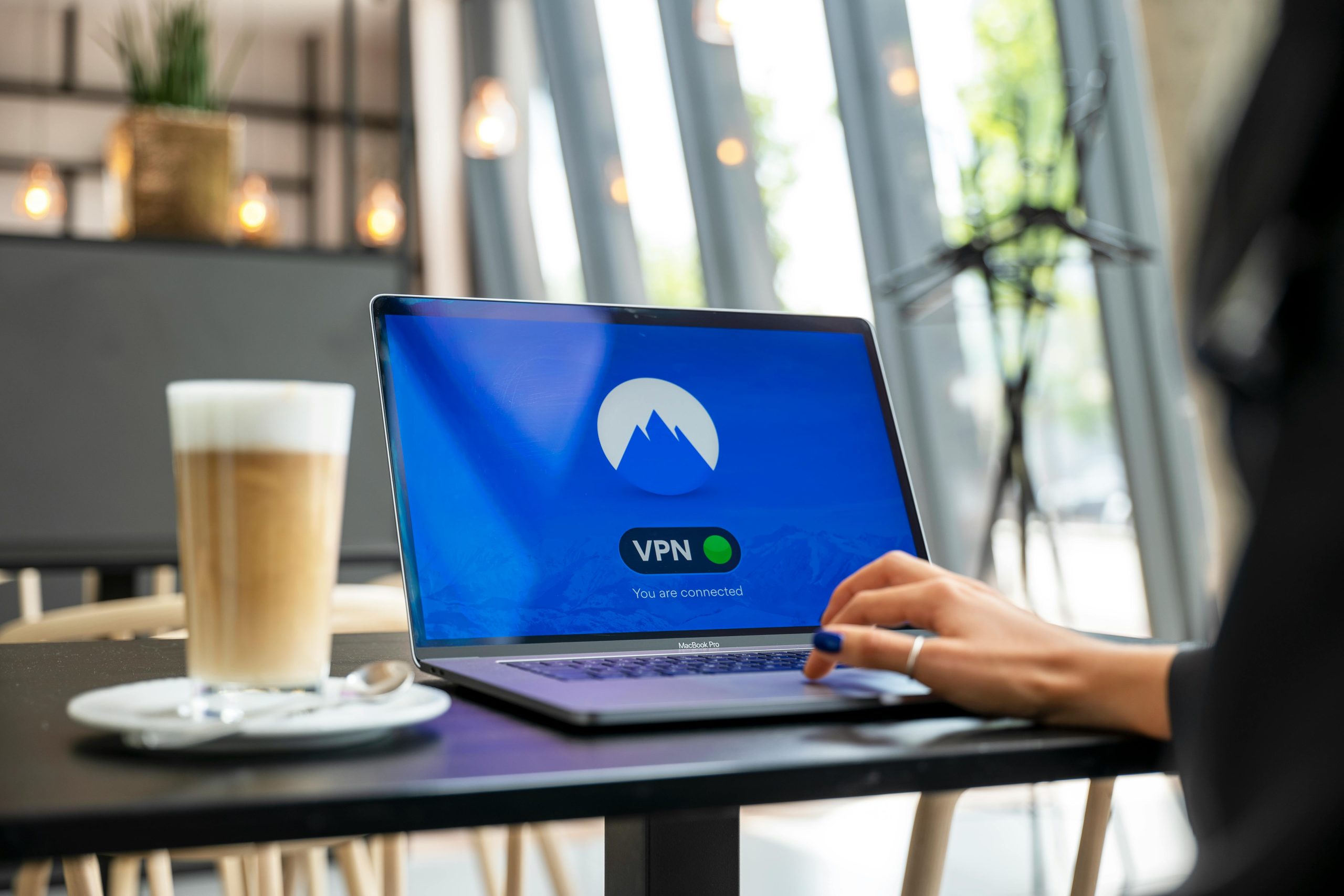Understanding the TLS Handshake: Unlocking the Secrets Behind Your Secure Connection 🔒
In the ever-evolving digital landscape, the importance of secure online communications cannot be overstated. You may have noticed that when browsing the web, a small padlock symbol appears next to the URL, signaling a secure connection. But what goes on behind the scenes to achieve this security? In this article, we’ll delve into the intricacies of the Transport Layer Security (TLS) handshake, the sequence of events that ensures data privacy and authenticity when you connect to a website.
Why the TLS Handshake Matters
The primary objectives of the TLS handshake are twofold:
– Authentication: Verifying that the server you’re connecting to is indeed who they claim to be.
– Session Key Establishment: Creating unique session keys to safeguard data exchanged between you (the client) and the server.
Before we jump into the technical details of the handshake, it’s crucial to clarify a couple of concepts.
Understanding Records vs. Packets
The terms “record” and “packet” are often used interchangeably, but in the context of the TLS handshake, they have distinct meanings. A record refers to the logical unit of data in the TLS process, while packets are the units of data transmitted over the network. It’s entirely plausible for multiple records to fit into a single packet and vice versa.
Essential Cryptographic Concepts
Familiarizing yourself with key cryptographic principles can greatly enhance your understanding of the TLS handshake. Although we won’t dive into the details here, consider exploring the following topics:
– Hashing
– Message Authentication Codes (MACs) and Hash-based Message Authentication Codes (HMACs)
– Encryption
These concepts are foundational to grasping the mechanics of TLS.
Breaking Down the TLS Handshake
Now, let’s dissect the various stages of the TLS handshake:
1️⃣ The Client Hello
The handshake initiates with the client sending a Client Hello message to the server. This includes several critical pieces of information:
– SSL Version: The highest version of SSL/TLS the client supports.
– Random Number: 32 bytes of random data to contribute to session key generation.
– Session ID: An identifier for session resumption.
– Cipher Suites: A list of supported encryption algorithms.
– Extensions: Optional features that enhance the TLS protocol.
2️⃣ The Server Hello
In response to the
Share this content:




Thank you for sharing this detailed overview of the TLS handshake process. If you’re experiencing issues with SSL/TLS security or the lock symbol not appearing correctly, here are a few troubleshooting steps you might find helpful: